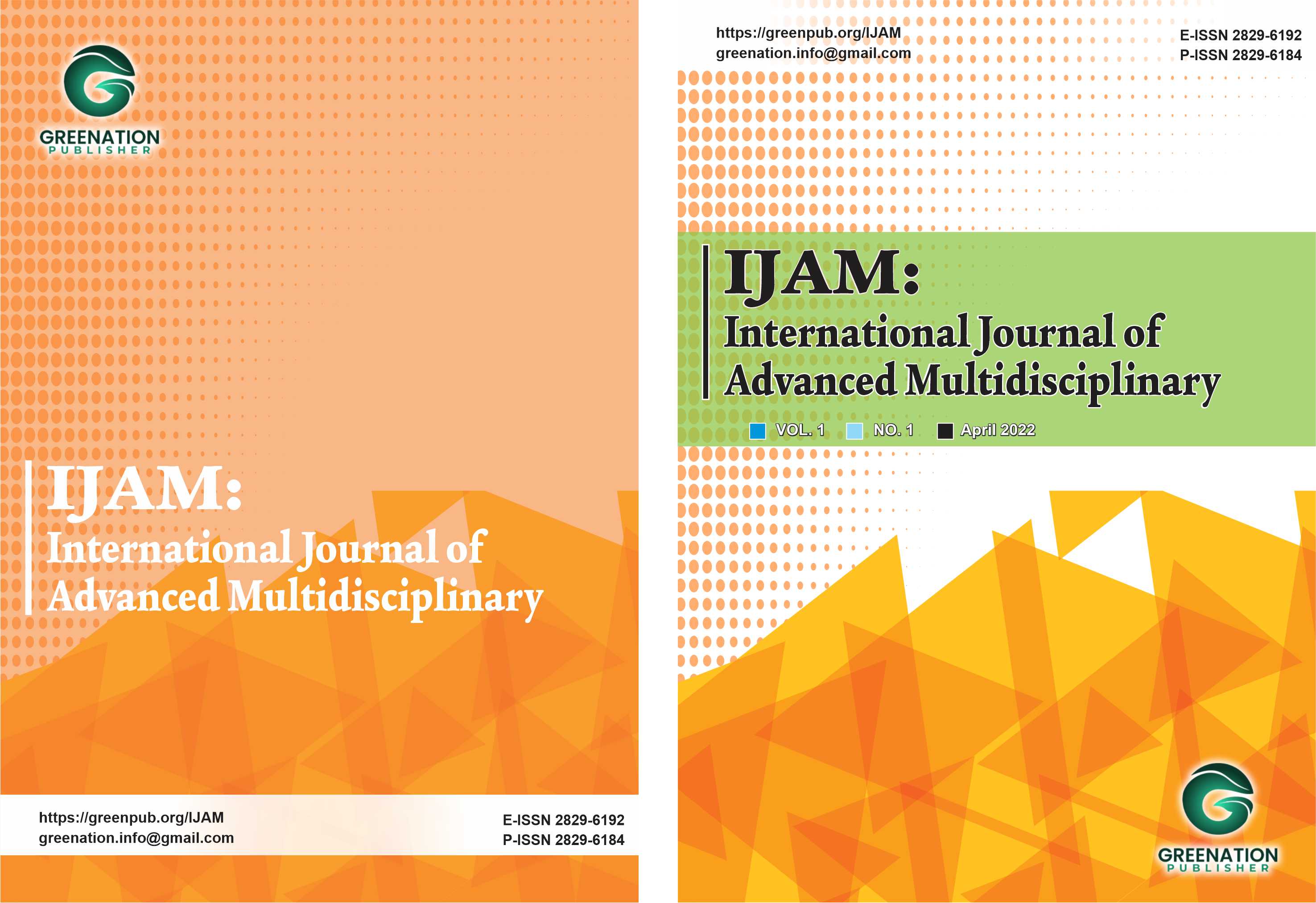Evaluating the Hydraulic Performance of Existing Water Supply Distribution System: The Case of Tebela Town of Wolaita Zone, Southern Ethiopia
DOI:
https://doi.org/10.38035/ijam.v1i3.62Keywords:
WaterGEMSv8i, Hydraulic Performance, Simulation, Water Distribution System, Water LossesAbstract
The adequate and reliable water supply in the developing towns of Ethiopia is becoming a challenge for most water utilities especially public service providers like Tebela town. The main objective of this research was to check the hydraulic performance of Tebela town's water distribution system by evaluating water demand and production, losses of water, and hydraulic parameters. Both secondary and primary data sources were used for this study. Primary data was collected through field surveys and photographs of relevant sites and infrastructures. The secondary data was collected from design documents, literature, journals, and office. Moreover, to analyse the existing water distribution system, a model was developed by using WaterGEMSv8i software. The model simulation run was performed for peak and low demand scenarios to analyze the distribution system. The analysis shows that the water supply coverage was 25.9%. The water loss of the town was 17.2% from the total water production. Modeling results showed violation of maximum and minimum pressure and velocity criteria at different junctions and pipes. After modifying the existing water distribution system, 96.23% of the junctions are in the recommended pressure range and 73.50% of the pipes are in the recommended velocity range at minimum hourly consumption. Generally the result of the analysis shows that the overall hydraulic performance of water distribution of the town was moderate, which is reflected by medium water production rate, water consumption, and nonrevenue water, also low water coverage, some velocity and pressure is not in permissible range. Therefore, it is important to rehabilitate and improve the water distribution system capacities, establish pressure zones, increase pumping rates, and drill additional boreholes to meet the current water demand and future demand.
References
Abdo (2009) Evaluation of urban water supply options using Weap: The case of Nablus City.
ABOMA.T (2017) Performance Evaluation of Goba Town Water Supply Distribution System Oromia Regional State, Ethiopia.
Amedework (2012) Hydraulic network modeling and upgrading of legedadi subsystem Water supply: A case study of Addis Ababa city.
Asmelash Zewdu (2014). Assessing Water Supply Coverage and Water Losses From Distribution System for planning Water loss Reduction Strategies. Aksum.
AWWA. (2005) Computer modeling of water distribution systems: American Water Works Association.
Benyam, B., 2016. ASSESSMENT OF THE WATER DISTRIBUTION NETWORK OF METU. Addis Ababa.
Bentley Water CAD/GEMs BW. (2008) "“Water Distribution Design and Modeling, Full Version V8i”.” Journal‐American Water Works Association 99: 99-106. 9.
Bogale B. (2016) Assessment of the water distribution network of Metu town water supply system, Ethiopia. MSc Thesis. Addis Ababa University.
CSA. (2007) "Population and housing census of Ethiopian, central statistics Agency".
Dawit Kidane (2015). The effects of distribution system on house hold drinking water quality in Addis Ababa.
Desalegn Eshetu (2015). Urban water supply System performance Assessment, the case of Bahirdar Town, Ethiopia.
EPA (2010) Control and mitigation of drinking water losses in distribution systems.
Farley M, Wyeth G, Ghazali ZBM, et al. (2008) The manager‟s non-revenue water handbook: a guide to understanding water losses.
Garg (2010) Water supply Engineering. Twenteeth revised edition, Delhi.
Humbo Woreda Water Mine and Energy Office (HWWMEO).2011. Annual Report.
Maher Abu-Madi & Trifunovic (2013) Impacts of supply duration on the design and performance of intermittent distribution systems in West Bank.
Major, B. B., 2016. ASSESMENT OF WELKITE WATER SUPPLY SYSTEM IN GURAGE ZONE, SNNPR, ETHIOPIA. Wolkite, Ethiopia: s.n.
Mekonnen, E. (2014). Assessment of urban water supply and sanitation: the case of Bedesa Town, Damot Woyde woreda, SNNP. MSc Thesis. Hawassa University.
MOWR. (2006a) "Universal access program for water supply and sanitation services 2006 to 2012, International Calendar (1999 to 2005 Ethiopian Calendars).
MOWR (2006b) Urban Water Supply Design Criteria. Water Resources Administration Urban Water Supply and Sanitation Department.
NG Leigh (2019) Sustainable and resilient urban water systems: The role of decentralization and planning.
Samuel Chaka (2017) Evaluation of Hydraulic performance of Gravity Water Supply System (The Case of Likimse-Abela Water Supply System).
Saroj Sharma (2008), Performance Indicators of Water Losses in Distribution System.
Seifu, A. Tilahun (2012). Assessment of water supply and sanitation of Amhara Region.
S Nyende-Byakika, JM Ndambuki, 2013 Modeling of pressurized water supply Networks that exhibit transient low pressure open channel flow conditions.
Still, D., 2017. Key Performance Indicators in Rural Water Supply. Pietermaritzburg,South Africa: s.n performance assessment of distribution network.
WHO (2014). World Health Organization, 20 Avenue Appia, 1211 Geneva 27, Switzerland. Progress on Sanitation and Drinking Water 2015 update and MDG Assessment.
Downloads
Published
How to Cite
Issue
Section
License
Authors who publish their manuscripts in this journal agree to the following conditions:
- The copyright on each article belongs to the author(s).
- The author acknowledges that the International Journal of Advanced Multidisciplinary (IJAM) has the right to be the first to publish with a Creative Commons Attribution 4.0 International license (Attribution 4.0 International (CC BY 4.0).
- Authors can submit articles separately, arrange for the non-exclusive distribution of manuscripts that have been published in this journal into other versions (e.g., sent to the author's institutional repository, publication into books, etc.), by acknowledging that the manuscript has been published for the first time in the International Journal of Advanced Multidisciplinary (IJAM).























